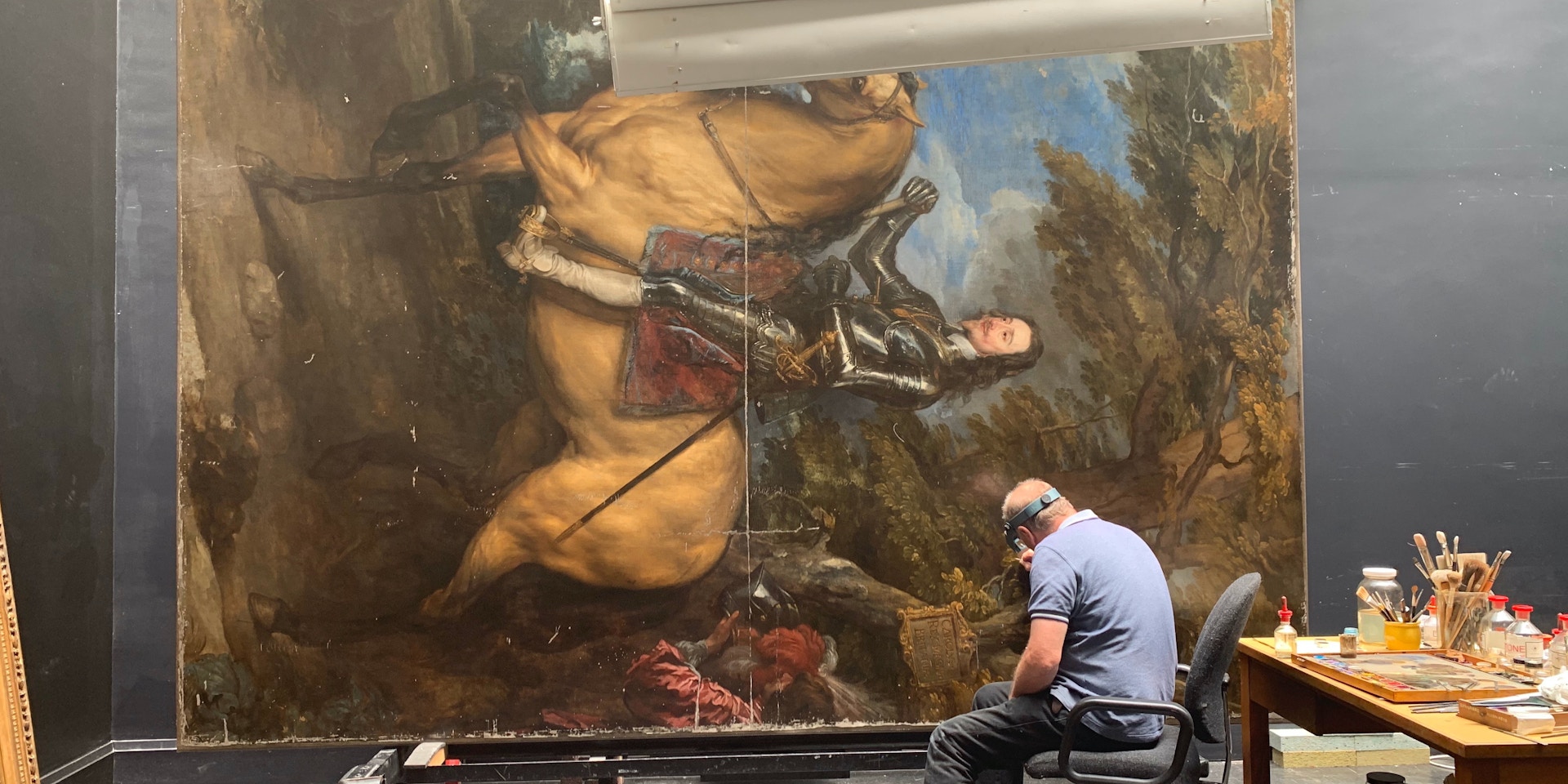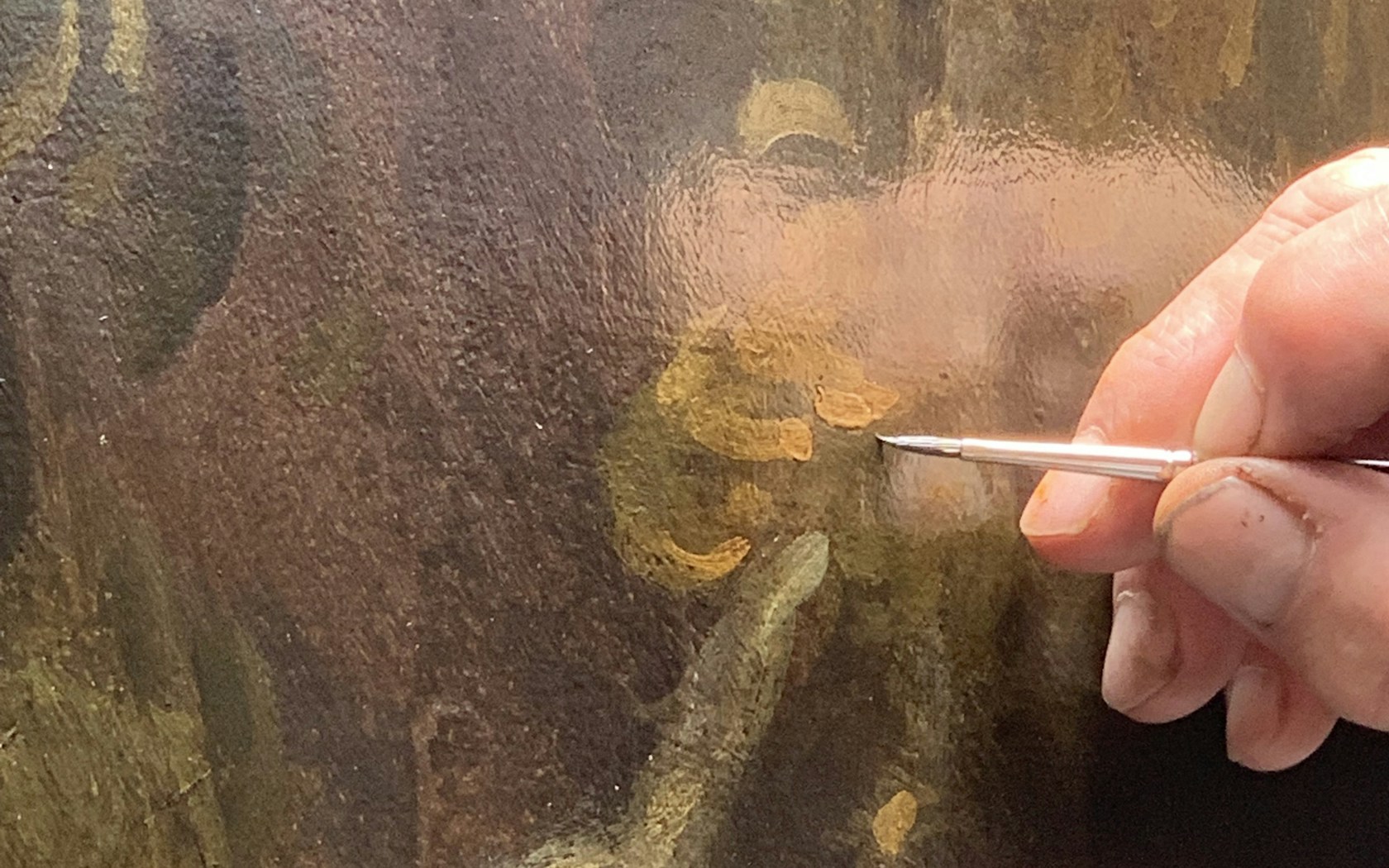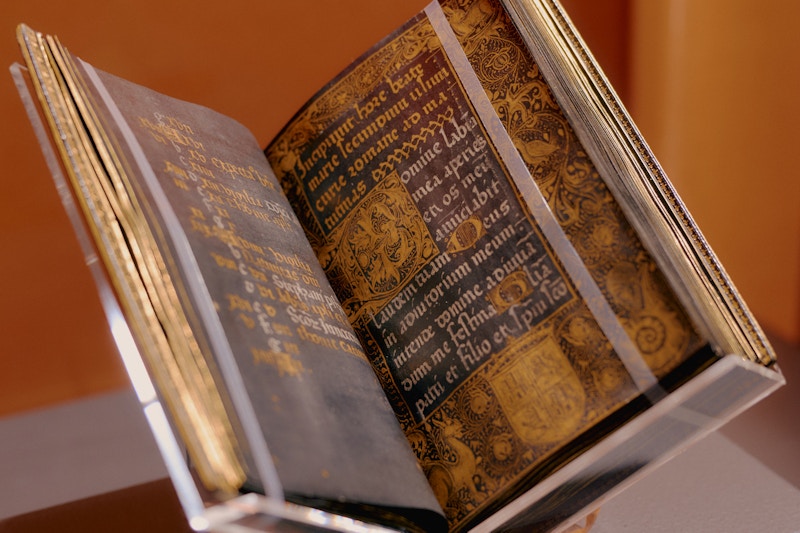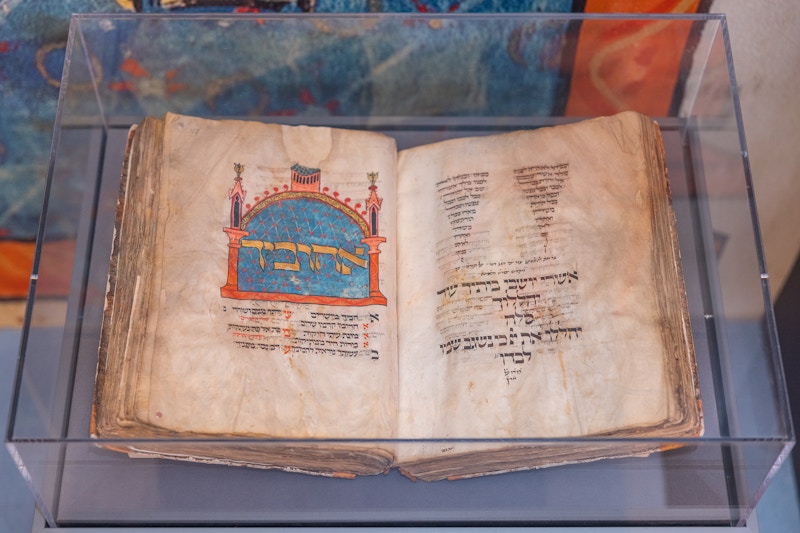
National Gallery London: The Restoration of Van Dyck's Equestrian Portrait of Charles I
Learn how it took a small army of people to clean, repair and restore one of the National Gallery’s largest paintings
- By TEFAF Editorial
- Museum Restoration Fund
A giant among portraits, The National Gallery’s Equestrian Portrait of Charles I by Anthony van Dyck is so tall that it had to lie on its side in their Conservation Department; follow the story of how restorers, scientists, and curators joined forces, with international colleagues with support from the Getty Foundation Conserving Canvas Initiative, to clean, repair, and restore this mammoth artwork. The restoration of the painting was also supported by TEFAF Museum Restoration Fund.
The National Gallery houses one of the world’s finest collections of paintings, attracting between 5 and 6 million visitors every year, who are taken on a journey through European art over seven centuries, from the 13th century to the early 20th century. The Equestrian Portrait of Charles I, by Anthony van Dyck, which requires a major programme of conservation and restoration, is an iconic and much-loved work within the collection.
The work is one of only two equestrian portraits of Charles I that have been firmly attributed to Van Dyck (the other, earlier portrait, which is part of the Royal Collection hangs in Windsor Castle). Van Dyck was a successful Flemish portraitist, as well as an accomplished draughtsman and etcher; he is now particularly remembered for his representations of Charles I and his Court. The artist’s choice of an equestrian portrait demonstrates the King’s horsemanship, often associated with virtue and courage, and is also deliberately reminiscent of statues of mounted emperors in Ancient Rome, asserting the King’s temporal power. Today, the painting is displayed in the Van Dyck room (Room 21) at the National Gallery.
The institution will work with the Getty Foundation’s Conserving Canvas Initiative to enable parts of the restoration process as a training opportunity for conservation professionals, in addition to hosting a group workshop for 20-30 participants, enabling a wider range of conservators to learn about the project.
The restoration of The Equestrian Portrait of Charles I will enhance the impact of the painting, making it more legible for visitors and add to their aesthetic enjoyment of the work.

Left: before restoration; Right: after restoration.

The restored painting The Equestrian Portrait of Charles I is now in the National Gallery, room 21.





